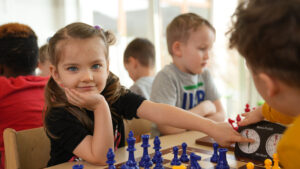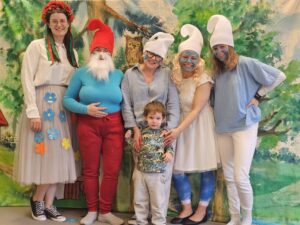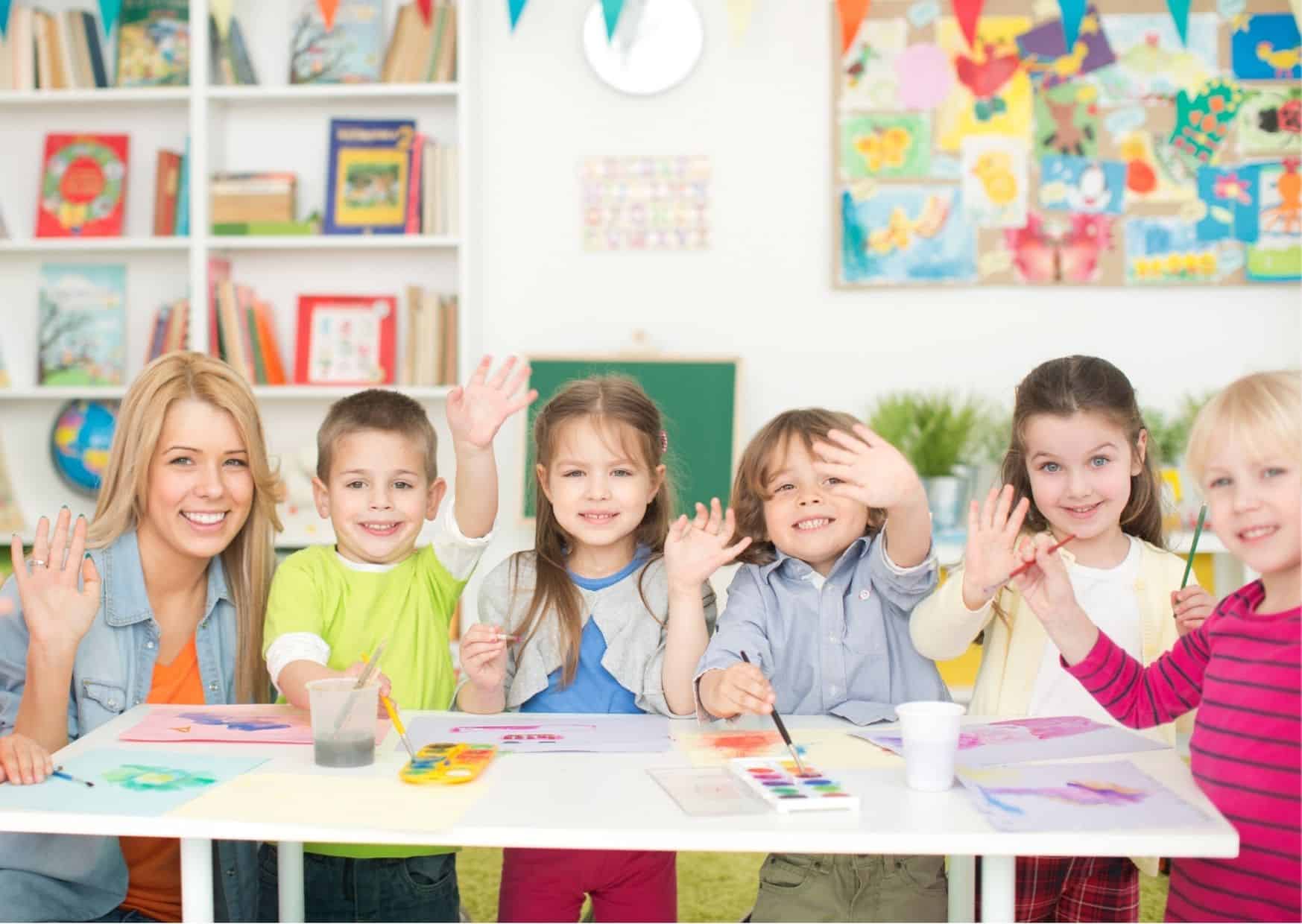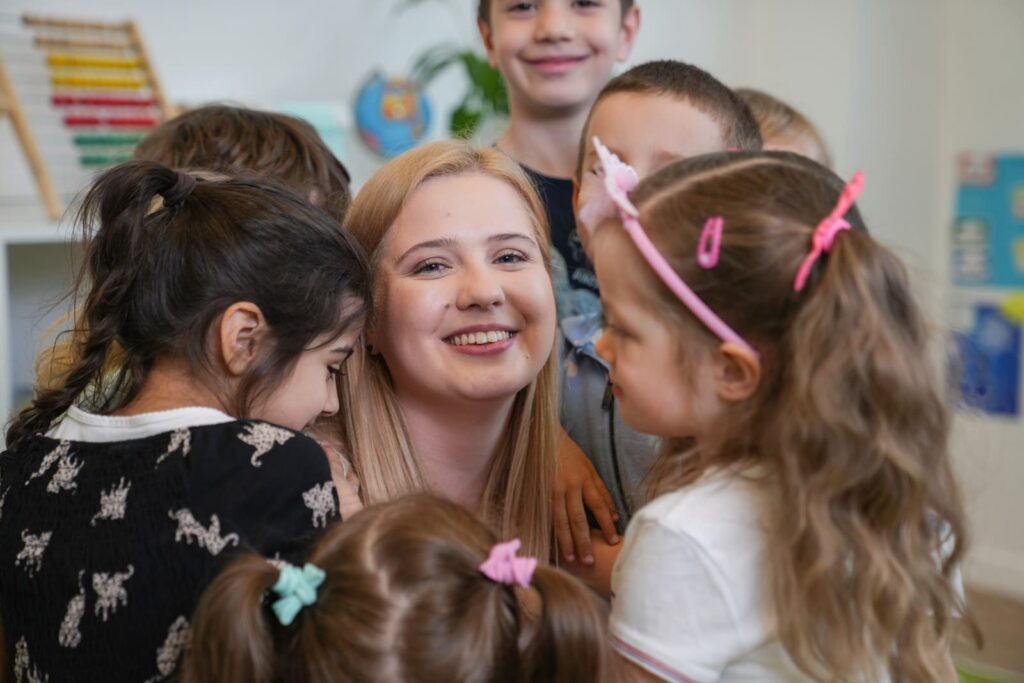Resting in kindergarten is one of the regular rituals. Why is the innocent rest on recliners causing so much controversy among parents and heating up the forums related to early childhood education? We will try to answer these and more questions in this text.
These articles will also interest you:
- Kindergarten in school or kindergarten?
- Linguistic immersion - what is it?
- How to stimulate children's curiosity?
- Do the children adopt their parents' behavior?
- Positive discipline - what is it and what to look for?
Lounging in kindergarten - for and againstand in
We often look at aging in kindergarten through the prism of our personal experiences. It was once common practice to make children sleep or wait for them to spend an hour and a half lying motionless in silence with their eyes closed. After such "attractions" it is difficult to have good memories and react with openness to the proposal of our child's nap in kindergarten.
On the other hand, if we practice after-dinner rest with the child at home - we are glad that the kindergarten will continue this ritual. We appreciate that the facility allows children to relax and regenerate during the day. After all, rest through sleep is not only extremely effective, but also has a positive effect on the child's development. Learning is the process of remembering and assimilating new information - in toddlers this process takes place during sleep. In addition, rested children feel better and - what is important - are less prone to whining. 🙂
If, from the moment our child is two years old, he no longer sleeps during the day - from the advocate of nap, we become its staunch opponentconsidering it a waste of time. The picture that appears in our heads is that while the children are resting, the teachers have time to chat and drink coffee. And yet they should focus as much as possible on supporting our child's development, so that aging in kindergarten is a perfect complement to other activities.
What is worth knowing about aging in kindergarten?
- Child aged 3 - 5 years should sleep 10 to 13 hours a day. Preferably at regular intervals.
- Children tire faster than adults, especially with a lot of stimuli and engaging activities.
Lying down is a way to calm down your toddler's nervous system during the day. - 3/4-year-olds usually sleep an hour or two to regenerate the body and mind, to prepare for more fun.
Even if your child no longer needs a nap at home, it is worth checking while in kindergarten will support the toddler while playing and learning. - Resting during the day does not have to be sleeping.
The idea is for the baby to have a chance spend some time in silence and reduce physical activity. - Under no circumstances should children be forced to sleep.
If you've had any sleepless night behind you, you know why.
Resting in a kindergarten that respects your child's needs
There are many outlets like Orange train, where:
- A safe environment is created and rituals associated with post-lunch rest. Everything matters here: the way and place of folding out the sunbeds, arranging bedding, putting on pajamas, folding clothes, hugging beloved stuffed animals that accompany children while resting, reading books, listening to lullabies or relaxing music. It is also important to cover with a quilt, stroking, hugging, rocking, and not only that contributes to the bond between the teacher and the child, but to a large extent allows you to meet the toddler's need for belonging and importance.
- Lounging in kindergarten? In the Orange Ciuchcia, we give children a choice. Whether the toddler will sleep or not is determined by his need. If on a given day our child decides to take a different type of rest: lying, drawing, making dough, arranging puzzles, or any other game - the teachers respect his choice. Of course, they also try to meet the parents' expectations. If they want the child to take a nap, they encourage the child to take this form of regeneration. However, if she does not fall asleep within 20-30 minutes, has the option of choosing a different type of rest.
- They adjust the duration of the nap to the needs of children, and even sometimes - especially in the case of older children - they give it up completely or replace it with another form of relaxation.
- They organize a space for relaxation, not only for sleep, creating, for example, a quiet play corner. In the Orange Ciuchcia, teachers together with preschoolers prepare selection circles allowing children who are awake to make their own decisions about what and how much time they want to play. Of course, activities must not interfere with other people's rest or naps - after all, we want our pupils to learn to respect others and their needs.
Author of the publication: Joanna Goc-Matyskiel




